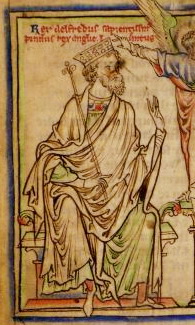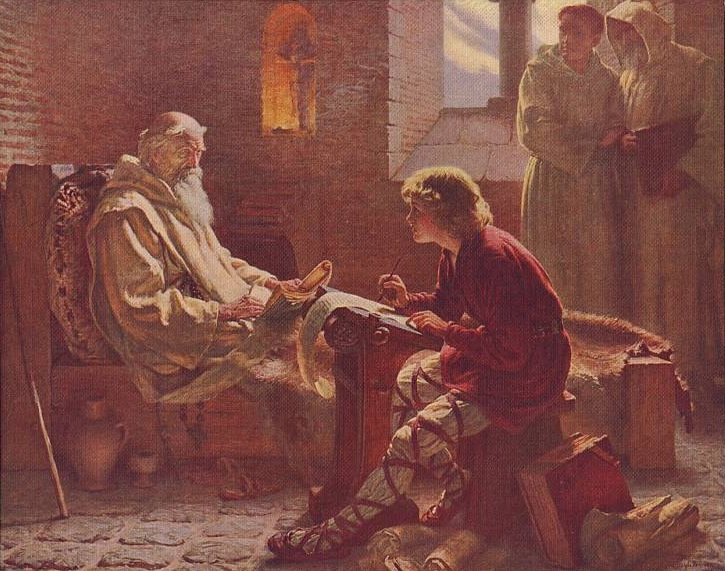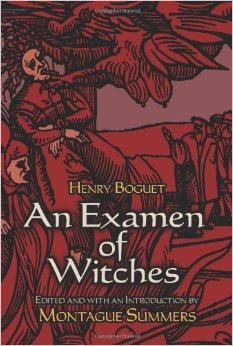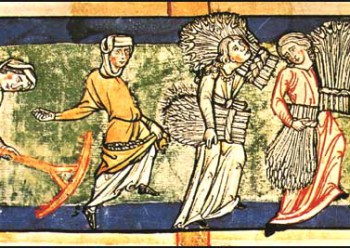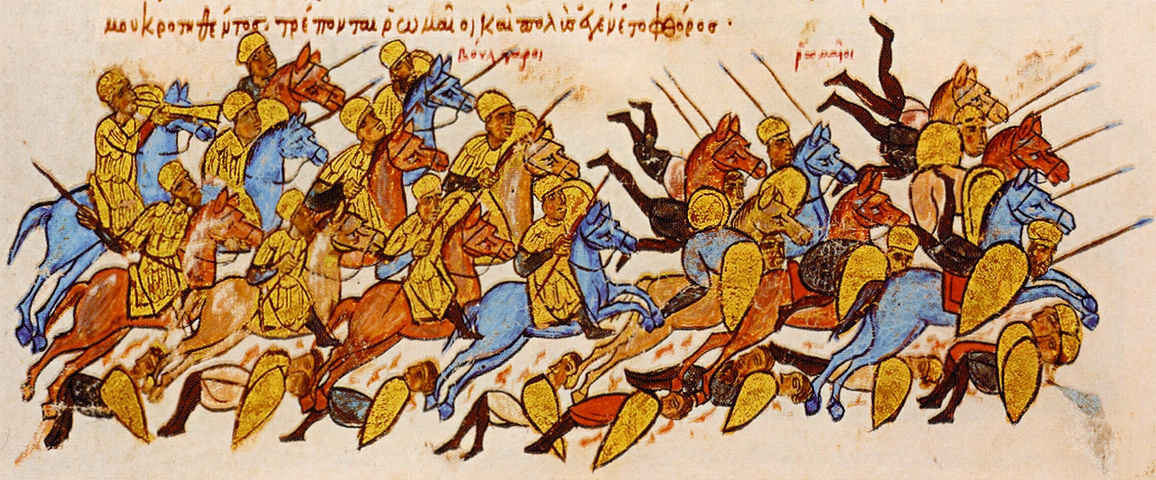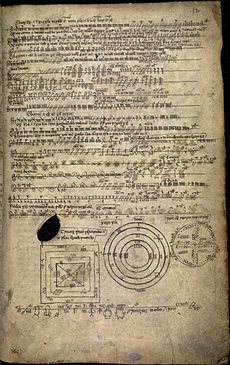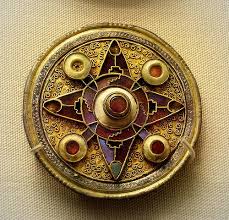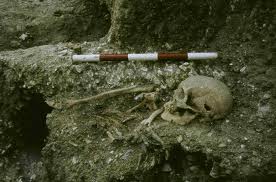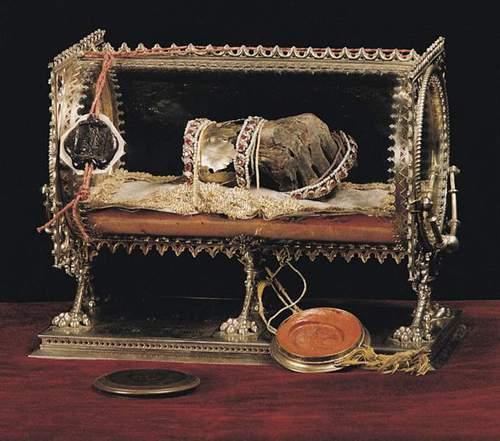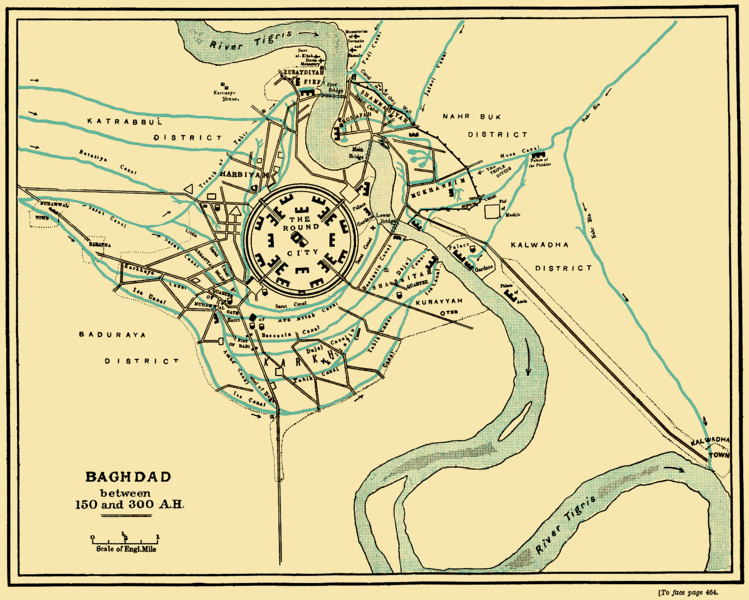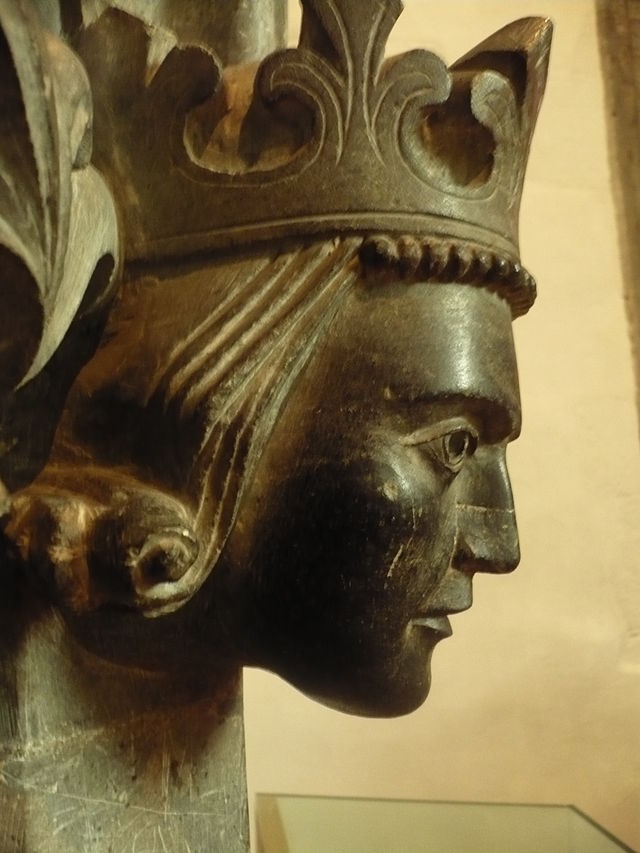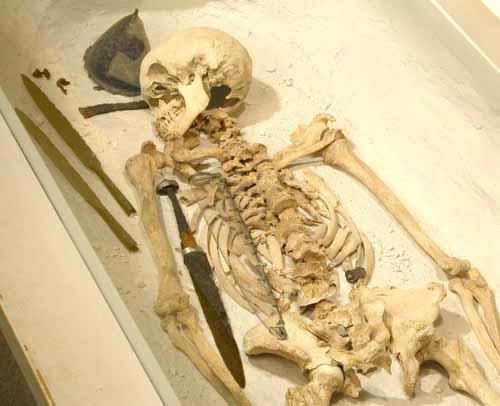The Prologue to Alfred’s Law Code: Instruction in the Spirit of Mercy
The Prologue to Alfred’s Law Code: Instruction in the Spirit of Mercy Michael Treschow Florilegium: Volume 13 (1994) Abstract Alfred’s law code tends…
The Hero’s Journey: Beowulf, Film, and Masculinity
Beowulf is one of many examples of a story that employs the rhetoric of the hero. The plight of the main character Beowulf is the focus of the tale, and the tasks that he must overcome throughout the course of the poem provide insight into the development of the character of the hero.
Before the Dawn: Monks and the Night in Late Antiquity and Early Medieval Europe
Various aspects of daily monastic life prepared monks for this primary nightly labor, the emotional and psychological effects of which were probably further heightened by physiological reactions to chronic sleep deprivation.
Bede’s Temple as History
Another IHR paper, this time, a talk given about Bede’s writing and his interest in the image of the Temple and its relation to Christianity. This paper also examined how Bede’s views shifted over time. How did Bede view Judaism? Was he truly ambivalent?
An aspect of Alcuin: ‘Tuus Albinus’ – peevish egotist? or parrhesiast?
In over 270 letters from about a decade and a half, alcuin of york (†804) informed, advised, consoled and admonished contemporaries, reacted to current events, and maintained a circle of friends and partners in reciprocal prayer that extended from Jerusalem to Ireland and from rome to salzburg. Alcuin left york in the 780s to become a friend and chief advisor to Charlemagne.
10 Terrifying Reads for Halloween!
Here are some spooky medieval books for you to celebrate with over Halloween!
Dental and oral diseases in Medieval Persia, lessons from Hedayat Akhawayni
Persian physicians had a great role in assimilation and expansion of medical sciences during the medieval period and Islamic golden age.
‘Send More Socks’: On Mentality and the Preservation Context of Medieval Letters
A survey of the voices from the garbage dump – the letters on wood excavated at the Roman fortress at Vindolanda, the Bryggen harbour site in Bergen and Medieval Novgorod – can provide an illuminated contrast to the corpus of Latin letters from the early medieval West.
Profile of a Plant: The Olive in Early Medieval Italy, 400-900 CE
The essay illuminates some of the ways that early medieval Italian communities engaged their environmental inheritance, how they recast the stolid olive to fit local contingencies.
The Contours, Frequency and Causation of Subsistence Crises in Carolingian Europe (750-950)
The Contours, Frequency and Causation of Subsistence Crises in Carolingian Europe (750-950) Timothy P. Newfield Crisis Alimentarias en la Edad Media: Modelos, Explicaciones…
Vikings, the barbaric heroes: exploring the Viking image in museums in Iceland and England and its impact on identity
This study analyses the responses of Icelandic and English individuals in regards to their views on the Viking image as represented within museums and in society.
CONFERENCE: The Historical Novel Society – London 2014
My review of the recent Historical Novel Society conference that took place in London, England.
Byzantine Military Advice
‘General, when the enemy acts boldly, entice him into premature, reckless action and useless maneuvers. If he is on timid side, hit him hard with constant and rapid attacks. You must know the disposition of the enemy general and employ your own stratagems accordingly.’
Competition and tradition: Carolingian political rituals, 751-800
In 751, the Carolingians supplanted the traditional ruling dynasty of Francia. This article surveys Carolingian political rituals between 751 and 800, and argues that ritual was one means through which this new royal family sought to construct and legitimate its authority against its dynastic competitors.
A British legion stationed near Orléans c. 530?
Several recent books lead the reader to believe that Vita sancti Dalmatii, written in c. 800, records a legio Britannica (a British army) stationed near Orléans in c. 530.
Christianity and the Latin tradition in early Medieval Ireland
The Christianity which arrived in Ireland with the fifth-century missionaries was more than just a literate religion; it was very much a religion of the book.
Anglo-Saxon smiths and myths
Knowledge of the metalworking and jewellery-making abilities of the Anglo-Saxons has been much enhanced in recent years by metallurgical and other technical studies.
Archaeology, common rights and the origins of Anglo-Saxon identity
It is generally accepted that rights over land, especially rights of pasture, played a formative role in establishing the identity of early Anglo-Saxon ‘folk groups’, the predecessors of the middle Anglo-Saxon kingdoms.
Hungary’s Conversion to Christianity: The Establishment of Hungarian Statehood and its Consequences to the Thirteenth Century
The Carpathian Basin occupies a peculiar place in history. It was the ground where Roman-Germanic world met that of the Slavs and mounted nomad peoples, where no group had achieved sustained unity before the state of Hungary was founded.
The Birth of the Monarchy out of Violent Death
There were many motives for murdering a king.
Rome, New Rome and Baghdad: Pathways of Late Antiquity
What I propose to do in this lecture is to discuss some salient features of Late Antiquity as a category in historical studies and then move on to the theme of Islam in Late Antiquity
Castle Building and Its Social Significance in Medieval Hungary
The history of Hungarian fortification and castle-building has been a subject of Hungarian historiography ever since the 1870s, when Bela Czobor wrote his pioneering study, “Hungary’s Medieval Castles.”
Miracula, Saints’ Cults and Socio-Political Landscapes: Bobbio, Conques and post-Carolingian society
Despite the centrality of monastic sources to debates about social and political transformation in post-Carolingian Europe, few studies have approached the political and economic status of monasteries and their saints’ cults in this context, to which this thesis offers a comparative approach.
Signs of Power. Manorial Demesnes in Medieval Iceland
An important aspect of medieval Icelandic social organization, namely the manor, has been neglected in previous research, and very little research has been undertaken comparing Icelandic manorial organization with other regions. This article focuses on one aspect of manorial organization, namely the manorial demesne or central farm of the manor.
Rethinking Hardown Hill: Our Westernmost Early Anglo-Saxon Cemetery?
This paper reassesses the early Anglo-Saxon assemblage from Hardown Hill, Dorset. Wingrave excavated the objects in 1916 but apart from his 1931 report, and Evison’s 1968 analysis, there has been little subsequent discussion.
